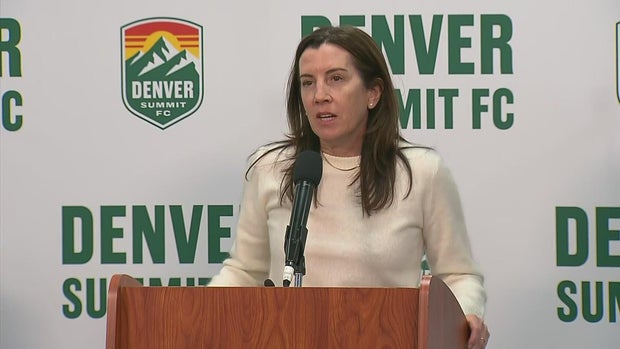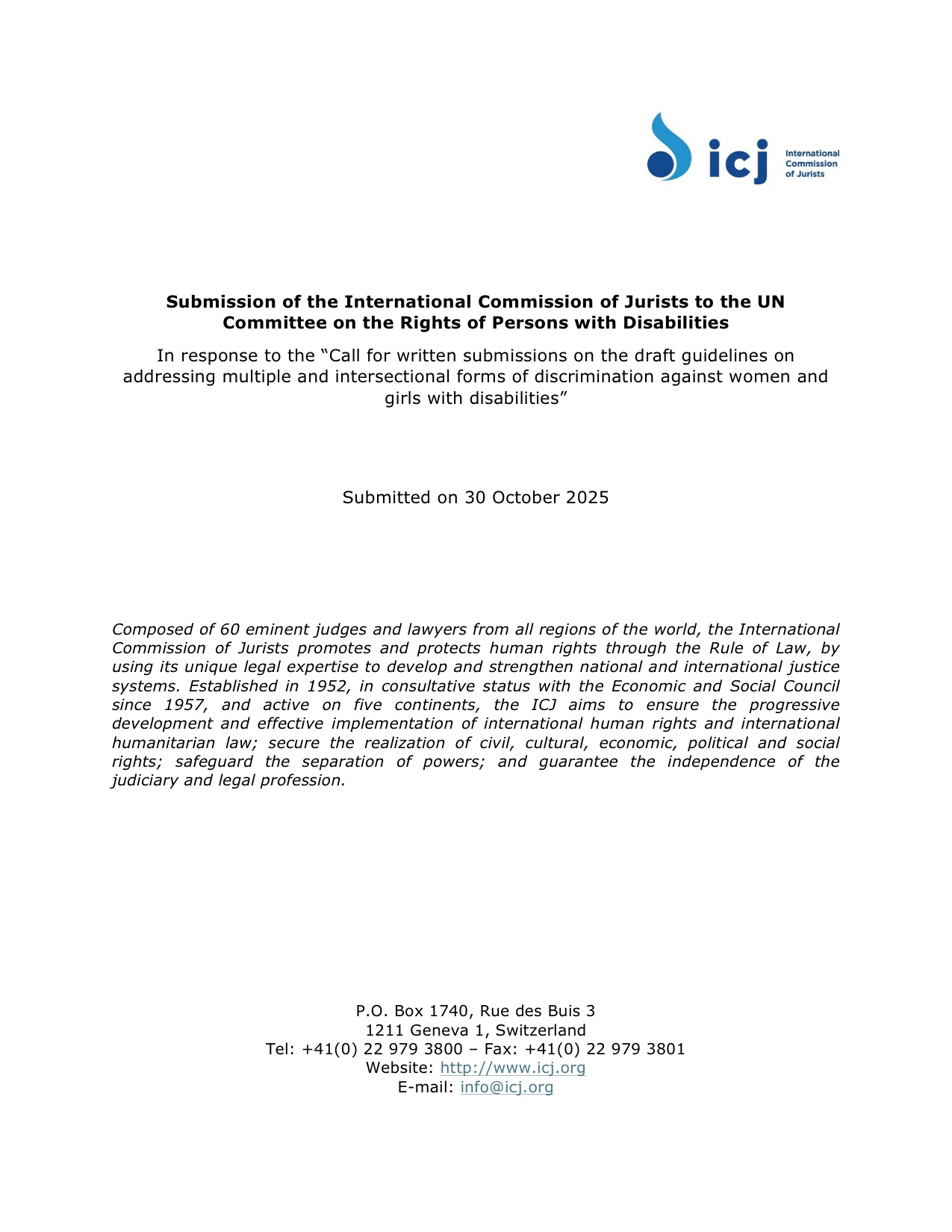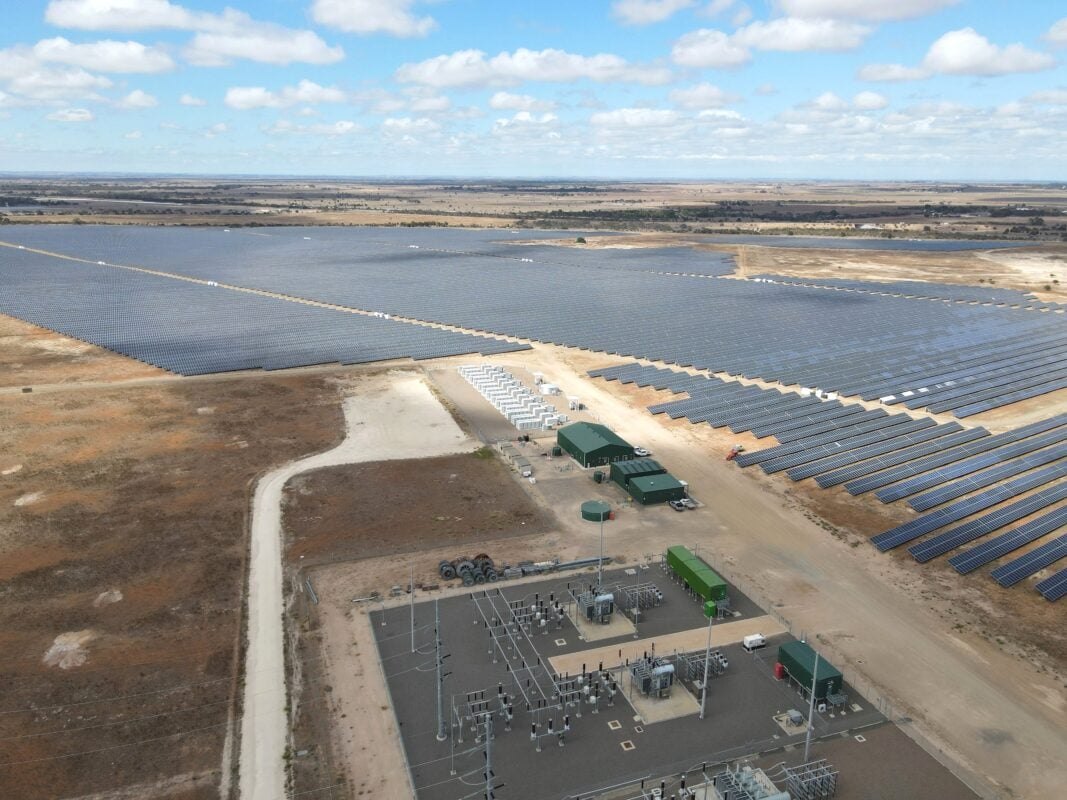Have politics and changing energy policies sunk Brunswick’s proposed offshore wind farms? – Wilmington Star-News

Report on the Status of North Carolina Offshore Wind Projects and Implications for Sustainable Development Goals
Progress on offshore wind energy projects off the coast of North Carolina has stalled due to a confluence of political shifts, regulatory uncertainty, and financial hesitancy. This report analyzes the current situation of these projects, with a significant emphasis on their relationship to the United Nations Sustainable Development Goals (SDGs), particularly SDG 7 (Affordable and Clean Energy) and SDG 13 (Climate Action).
Project Overview and Contribution to SDG 7: Affordable and Clean Energy
Offshore wind development is a cornerstone of strategies to increase the share of renewable energy in the global energy mix, directly addressing the targets of SDG 7. In North Carolina, several projects are in the early stages of development.
Key Project Details: Brunswick County
- Leaseholders: TotalEnergies Renewables USA and a Duke Energy subsidiary.
- Investment: A combined $315 million paid in 2022 for federal ocean leases.
- Location: Nearly 140 miles of ocean in Longs Bay, approximately 20 miles south of Bald Head Island.
- Potential Impact: If fully developed by the early 2030s, the two wind farms could generate enough clean electricity to power 750,000 homes, significantly advancing SDG 7 targets within the state.
An additional project, located off Kitty Hawk, is further along in the development process. These initiatives represent critical infrastructure investments (SDG 9) aimed at diversifying the energy portfolio away from fossil fuels.
Alignment with SDG 13: Climate Action
The primary driver for offshore wind development is its role in mitigating climate change by decarbonizing the power sector, a central objective of SDG 13. North Carolina has established state-level mandates to reduce greenhouse gas emissions.
North Carolina’s Carbon Reduction Mandates
- Reduce carbon emissions from the power sector by 70% from 2005 levels by 2030 (a goal now delayed to 2035).
- Achieve a carbon-neutral power sector by 2050.
To meet these targets, Duke Energy’s carbon plan includes the integration of up to 2,400 megawatts (MW) of offshore wind power by 2035. The success of this strategy is vital for the state to meet its climate commitments.
Challenges to Sustainable Development Progress
Despite their potential, the projects face significant headwinds that threaten the state’s progress toward achieving its clean energy and climate goals.
Federal Policy Shifts and Impact on SDG 7 & SDG 13
The advancement of renewable energy is heavily influenced by federal policy. A shift in administration priorities has created an unstable environment for the capital-intensive offshore wind industry.
- Previous Administration Support: The Biden administration promoted offshore wind through streamlined permitting and financial incentives, notably within the 2022 Inflation Reduction Act, fostering partnerships for the goals (SDG 17).
- Current Administration Reversal: The Trump administration has reversed this course, removing federal financial incentives for renewables in favor of fossil fuels. This includes slowing the issuance of new permits and reviewing previously approved projects, creating a significant barrier to achieving SDG 7 and SDG 13 on a national scale.
State-Level Legislative Hurdles
At the state level, proposed legislation threatens to weaken North Carolina’s climate commitments. Senate Bill 266, passed by the legislature but vetoed by the governor, would eliminate the interim 2035 carbon reduction goal. Environmental and clean energy advocates argue this move would delay the transition to clean energy and undermine the urgency of SDG 13 by removing a critical short-term benchmark for progress.
Economic and Environmental Considerations (SDG 8 & SDG 14)
The projects also face economic and social challenges.
- Capital Investment: Offshore wind farms are highly capital-intensive, and the current political and regulatory uncertainty makes it difficult for companies to commit the massive investments required, potentially stalling job creation and economic growth (SDG 8) in this new sector.
- Environmental and Social Impact: Concerns from coastal residents regarding “viewscapes” and potential impacts on marine ecosystems (SDG 14) are being addressed. Survey work is underway to site buoys for tracking weather and marine life, ensuring that development proceeds with environmental due diligence.
Current Status and Future Outlook for SDG Implementation
The North Carolina offshore wind projects remain in a state of suspended animation. Current activities are limited to preliminary work, such as a financial feasibility study led by Duke Energy.
The long-term viability of these projects, and North Carolina’s ability to meet its commitments under SDG 7 and SDG 13, now rests heavily on state-level actions. As noted by Katharine Kollins, president of the Southeastern Wind Coalition, the absence of an interim carbon target could delay meaningful action for decades.
In the face of wavering federal support, the responsibility falls to state governments to create a stable policy environment that encourages investment in renewable infrastructure. The future of offshore wind in North Carolina will be a key indicator of the state’s commitment to a sustainable, low-carbon future.
Analysis of Sustainable Development Goals in the Article
1. Which SDGs are addressed or connected to the issues highlighted in the article?
-
SDG 7: Affordable and Clean Energy
The entire article focuses on the development of offshore wind farms, which are a source of clean and renewable energy. It discusses the potential of these farms to “produce enough power to supply 750,000 homes” and the goal of incorporating more renewable sources into the energy grid to reduce reliance on fossil fuels.
-
SDG 13: Climate Action
The article explicitly links the development of offshore wind to climate action. It states that clean energy is key to “helping governments de-carbonize their energy grids” and fighting “climate change.” It also details North Carolina’s state-mandated carbon reduction goals, such as reducing emissions by “70% by 2030” and becoming “carbon-neutral by 2050,” which are direct measures to combat climate change.
-
SDG 9: Industry, Innovation, and Infrastructure
The construction of offshore wind farms represents a significant investment in sustainable infrastructure. The article describes the projects as “capital intensive” and part of a “still-nascent industry in the U.S.” It also mentions Duke Energy’s plan to retire “dirty coal-fired power plants” and replace them with new technologies like wind, nuclear, and hydrogen, which aligns with upgrading industry and infrastructure to be more sustainable.
-
SDG 17: Partnerships for the Goals
The article highlights the complex interplay between different actors. This includes public-private partnerships, such as the federal government leasing ocean areas to companies like “TotalEnergies Renewables USA” and a “Duke Energy subsidiary.” It also discusses the critical role of policy coherence between federal and state governments, noting how changing political administrations create uncertainty and can freeze progress.
2. What specific targets under those SDGs can be identified based on the article’s content?
-
Target 7.2: Increase substantially the share of renewable energy in the global energy mix.
This target is central to the article. The development of large-scale offshore wind farms in North Carolina is a direct effort to increase the share of renewable energy. The article mentions Duke Energy’s plan to include “up to 2,400 megawatts (MW) of offshore wind in its energy portfolio by 2035” as part of its strategy to meet state mandates.
-
Target 13.2: Integrate climate change measures into national policies, strategies and planning.
The article provides clear examples of this target at both the state and federal levels. North Carolina’s law requiring utilities to “reduce its 2005 level of carbon emissions by 70% by 2030” is a state-level climate strategy. The article also contrasts the Biden administration’s push for green energy through the “Inflation Reduction Act” with the Trump administration’s reversal of these policies, showing how climate change measures are integrated (or removed) from national policy.
-
Target 9.4: Upgrade infrastructure and retrofit industries to make them sustainable…and with greater adoption of clean and environmentally sound technologies.
This target is reflected in the plan to transition away from fossil fuels. The article mentions Duke Energy’s proposal to meet carbon goals by retiring “older, dirty coal-fired power plants” and incorporating “solar, land and offshore-based wind farms” into its future energy grid. This is a direct example of retrofitting an industry (energy production) with cleaner technology.
-
Target 17.14: Enhance policy coherence for sustainable development.
The article illustrates the challenges related to this target. It describes a “mix of politics, changing national energy priorities, a lack of regulatory direction, and industry nervousness” that has frozen progress. The conflict between federal priorities (Trump administration favoring fossil fuels) and North Carolina’s state-level renewable energy goals highlights a lack of policy coherence that hinders sustainable development.
3. Are there any indicators mentioned or implied in the article that can be used to measure progress towards the identified targets?
Yes, the article mentions several explicit and implied indicators:
-
Quantitative Energy and Emission Goals:
Progress towards Target 7.2 and 9.4 can be measured by specific figures mentioned in the text. These include the goal to add “up to 2,400 megawatts (MW) of offshore wind” and the state mandate to achieve a “70% reduction” of carbon emissions from 2005 levels. The potential to power “750,000 homes” is another quantifiable outcome.
-
Financial Investment and Incentives:
The article provides financial data that can serve as indicators. This includes the “$315 million” paid by companies to lease the ocean area, which indicates private sector investment. The presence or absence of “federal financial incentives,” “tax breaks,” and other support mechanisms mentioned in relation to the “Inflation Reduction Act” serves as an indicator of government commitment to promoting clean energy.
-
Policy and Legislation Status:
The status of key legislation is an indicator of progress towards Target 13.2. The article points to “Senate Bill 266,” which would eliminate interim carbon reduction goals, and the governor’s veto of it. The outcome of the potential veto override will be a clear indicator of the state’s policy direction on climate action.
-
Project Development Milestones:
The article implies that project milestones can be used as indicators. It mentions that the Kitty Hawk project is “farther along” and that the Brunswick projects are “still young in the development stage.” Progress can be tracked through stages like “early survey work,” feasibility studies, permitting, and ultimately seeing “steel in the water.”
4. SDGs, Targets, and Indicators Summary Table
| SDGs | Targets | Indicators |
|---|---|---|
| SDG 7: Affordable and Clean Energy | 7.2: Increase substantially the share of renewable energy in the global energy mix. |
|
| SDG 13: Climate Action | 13.2: Integrate climate change measures into national policies, strategies and planning. |
|
| SDG 9: Industry, Innovation, and Infrastructure | 9.4: Upgrade infrastructure and retrofit industries to make them sustainable…with greater adoption of clean and environmentally sound technologies. |
|
| SDG 17: Partnerships for the Goals | 17.14: Enhance policy coherence for sustainable development. |
|
Source: starnewsonline.com

What is Your Reaction?
 Like
0
Like
0
 Dislike
0
Dislike
0
 Love
0
Love
0
 Funny
0
Funny
0
 Angry
0
Angry
0
 Sad
0
Sad
0
 Wow
0
Wow
0


















-1920w.png?#)






















;Resize=805#)
























.jpg?#)












